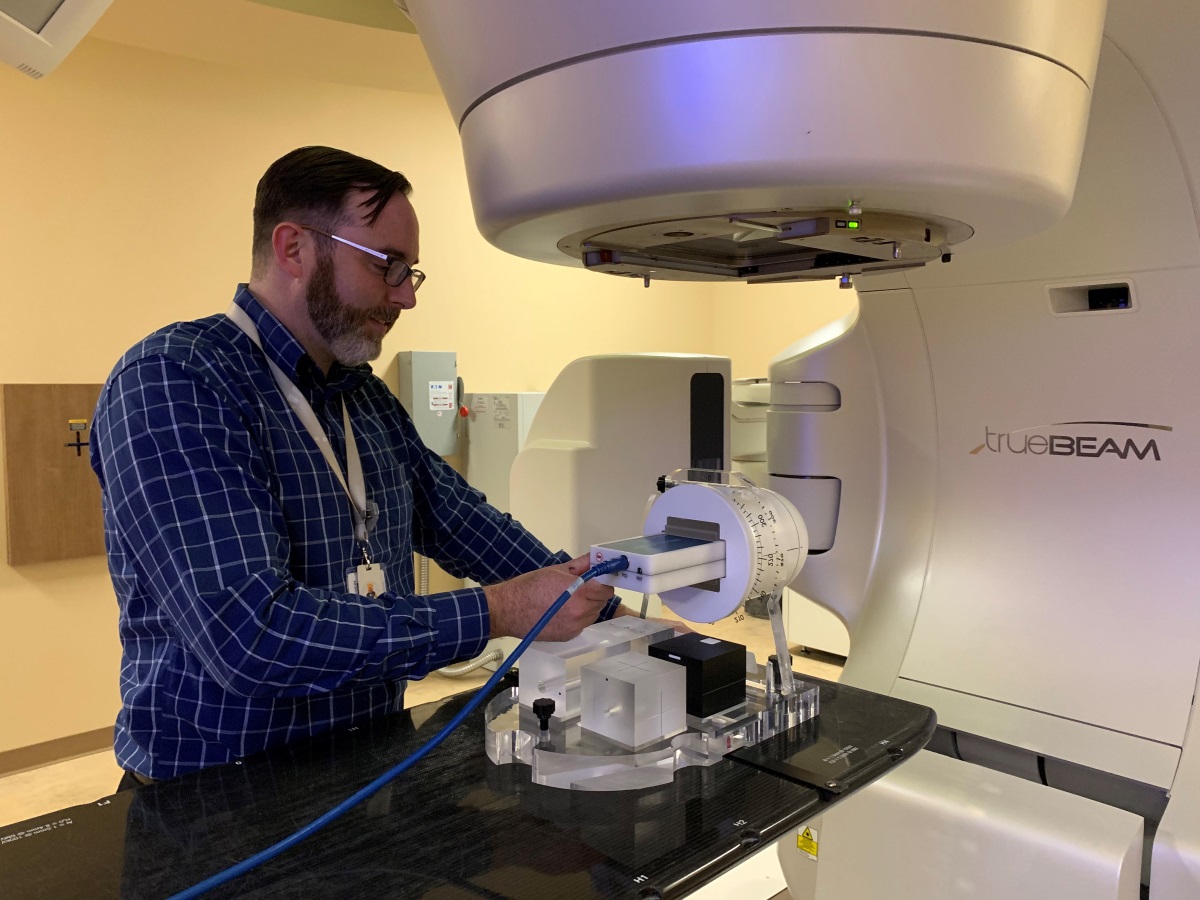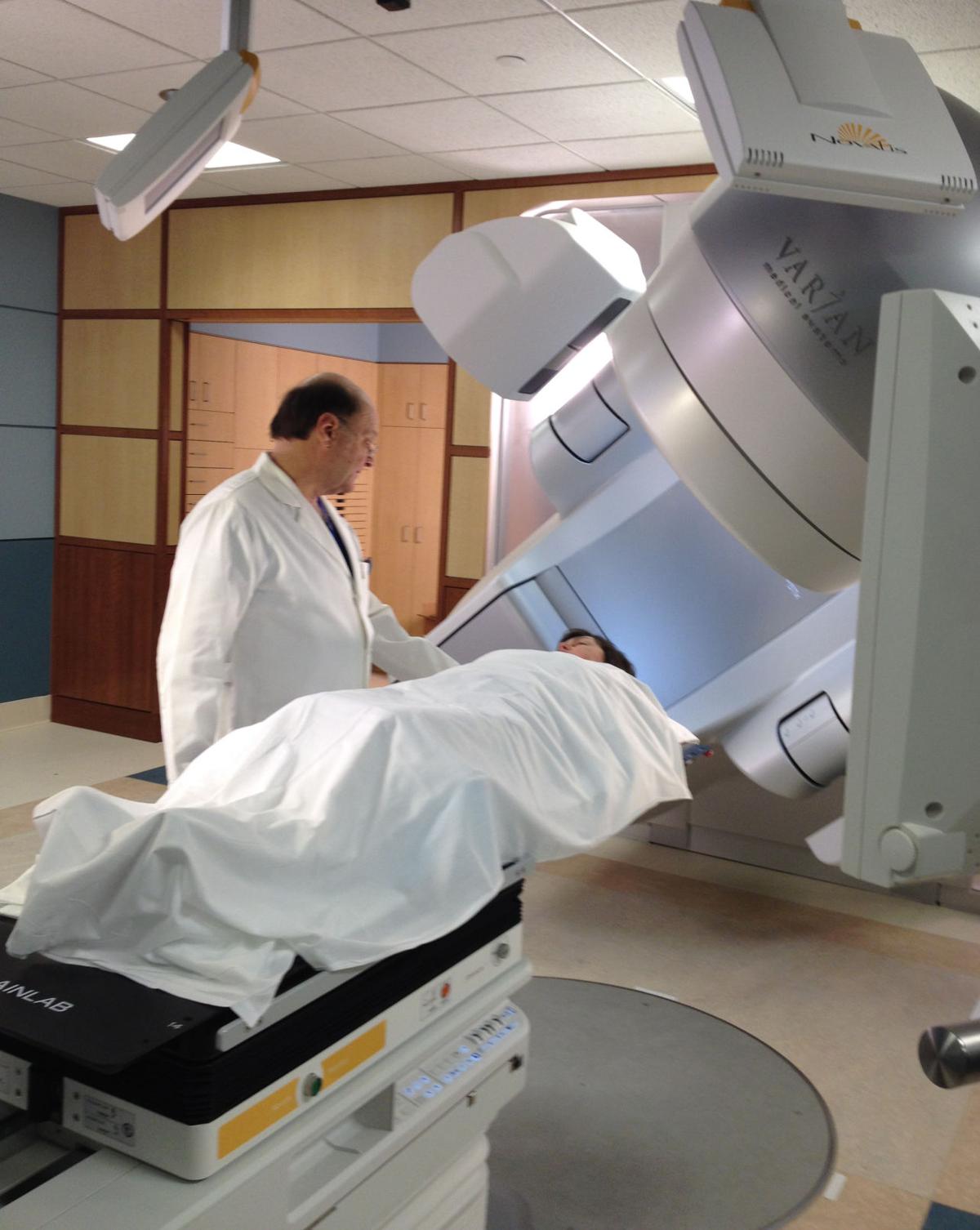Stereotactic Radiosurgery and Radiotherapy in Iran Details
What is Stereotactic Radiosurgery?
A high dose of radiations is delivered by stereotactic radiosurgery that makes use of radiation beams coming from various angles.
These radiations are delivered precisely to a brain tumor without causing any damage to the nearby healthy tissue.
An abnormal area is targeted by the stereotactic radiosurgery, which is a type of radiation therapy.
The head of the patient is kept still to aim the radiation beams accurately by using a special device.
This non-surgical procedure is used for treating inoperable lesions and tumors.
Stereotactic radiosurgery is also used as a post-operative treatment for removing obliterate abnormal blood vessels or tumor tissue present in congenital arteriovenous malformations.
The Diseases and Conditions Treated by Stereotactic Radiosurgery
- Trigeminal Neuralgia
- Brain Metastases
- Parkinson’s Disease
- Some causes of Epilepsy
- Acoustic Neuroma and other Head and Neck Cancers
- Movement Disorders
- Spinal Cord Tumors
- Neurological Problems
- Pituitary Tumors
- Movement Disorders
- Cancer of the Eye (Uveal Melanoma)
- Blood Vessel Problems like Arteriovenous Malformations
Types of Stereotactic Radiation
Stereotactic Body Radiation Therapy (SBRT)
This type involves one or more stereotactic radiation treatments along with the body but excluding the spine or brain.
SBRT is used for treating:
- Pediatric Cancers
- Bladder Cancer
- Lung Cancer
- Head and Neck Cancers
- Pancreatic Cancer
- Liver Cancer
- Kidney Cancer
Stereotactic Radiosurgery (SRS)
SRS is primarily used for treating spinal and brain cancers.
Equipment used for Stereotactic Radiosurgery
Linear Accelerator (LINAC)
This machine delivers high energy x-ray electrons or photons in curving paths surrounding the head of a patient.
Fractioned stereotactic radiotherapy is the procedure where radiosurgery uses LINAC for treating large tumors either in one session or multiple sessions.
Gamma Knife
201 highly focused gamma rays are used.
These gamma rays are delivered with great accuracy and are used for treating small as well as medium size lesions.
The procedure of Stereotactic Radiosurgery
Stereotactic Radiosurgery by using Linear Accelerator (LINAC)
This procedure is considered the same as the Gamma Knife procedure and has been categorized into 4 phases:
- Imaging
- Computerized Dose Planning
- Head Frame Placement
- Radiation Delivery
Radiation beams are delivered from many angles using gantry (a part of the LINAC machine) that rotates around the patient.
Large tumors can be effectively treated with less repositioning and more uniformity as it delivers larger x-ray beam.
Stereotactic Radiosurgery Using the Gamma Knife
Four phases are involved in this procedure, including the followings:
- Placement of the Head Frame: Pins are used for attaching the skull with a box-shaped lightweight aluminum head frame.
These pins prevent the movement of the skull until the treatment session finishes.
This frame is primarily used for focusing gamma rays on the specific site where the treatment is required. - Imaging of the Tumor Location: Magnetic Resonance Imaging (MRI) or a computed tomography (CT) scan is performed for locating the precise location of the tumor in respect to the head frame.
- Computerized Dose Planning: The tumor is then radiated by performing a computer-aided treatment plan.
- Radiation Delivery: Radiation beams are then targeted on a specific area of the brain.
These beams enter from the different holes in the helmet that is attached with the head frame to enable these beams to target the exact site in the brain.
The treatment then starts, and the patient talks to the physician by using a microphone present inside the helmet.
A physician can see the patient during the procedure through a camera which is also there in the helmet.
A click and a chime are then heard when the helmet locks into the radiation source.
The entire procedure takes about 2-4 hours, and the head frame is removed after the completion of the procedure.











